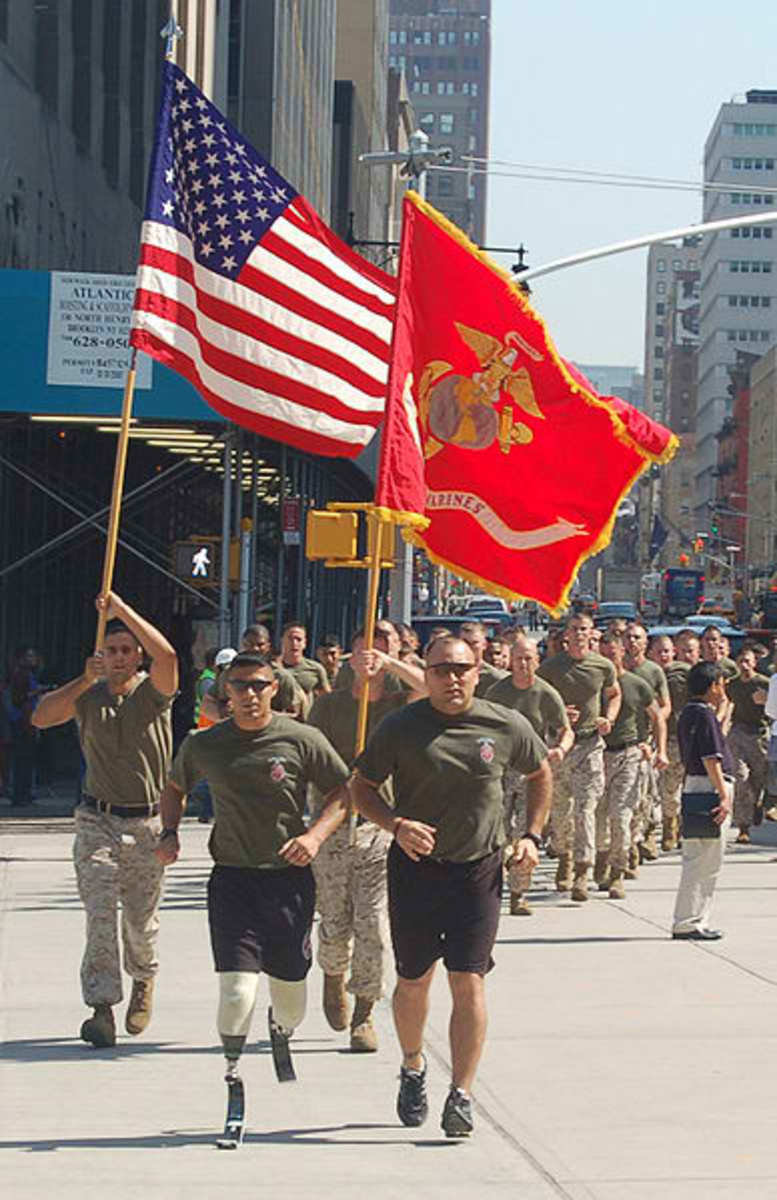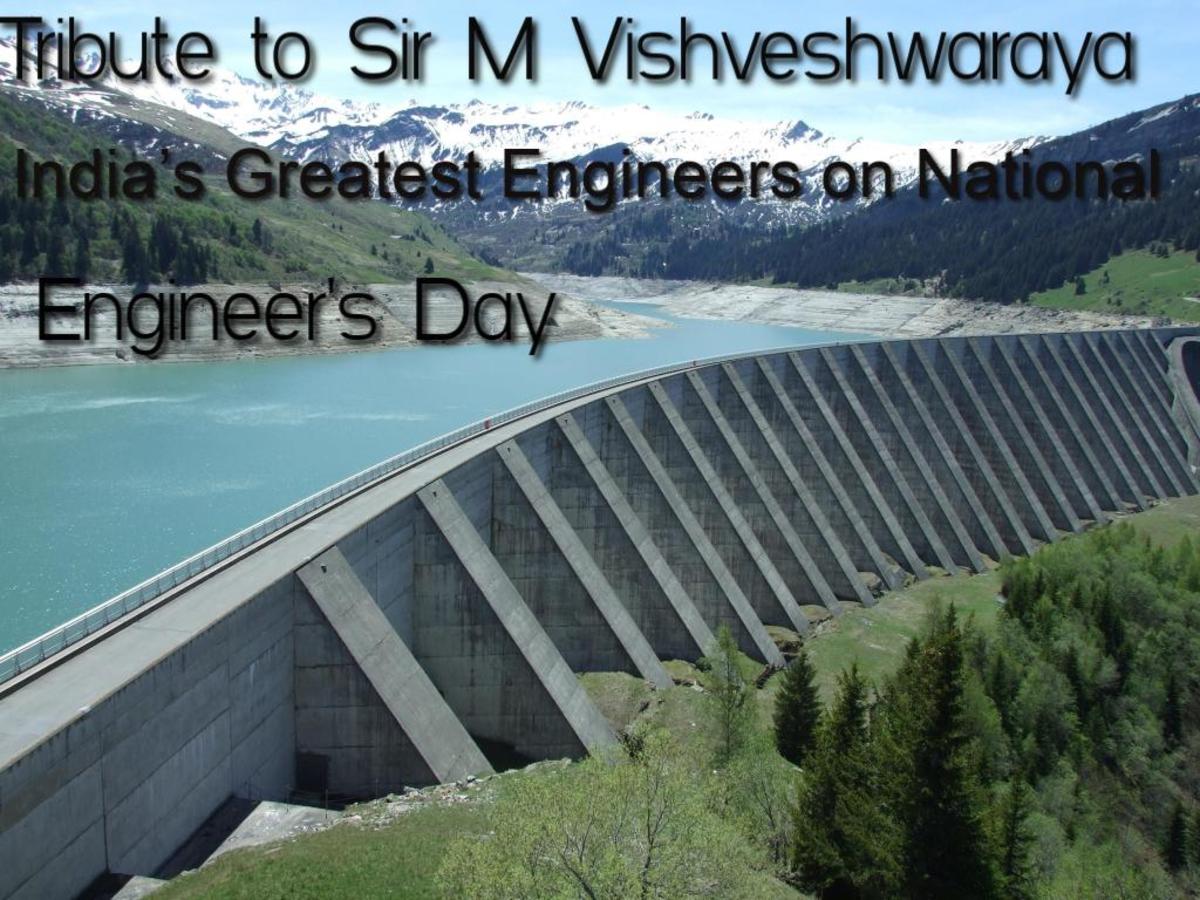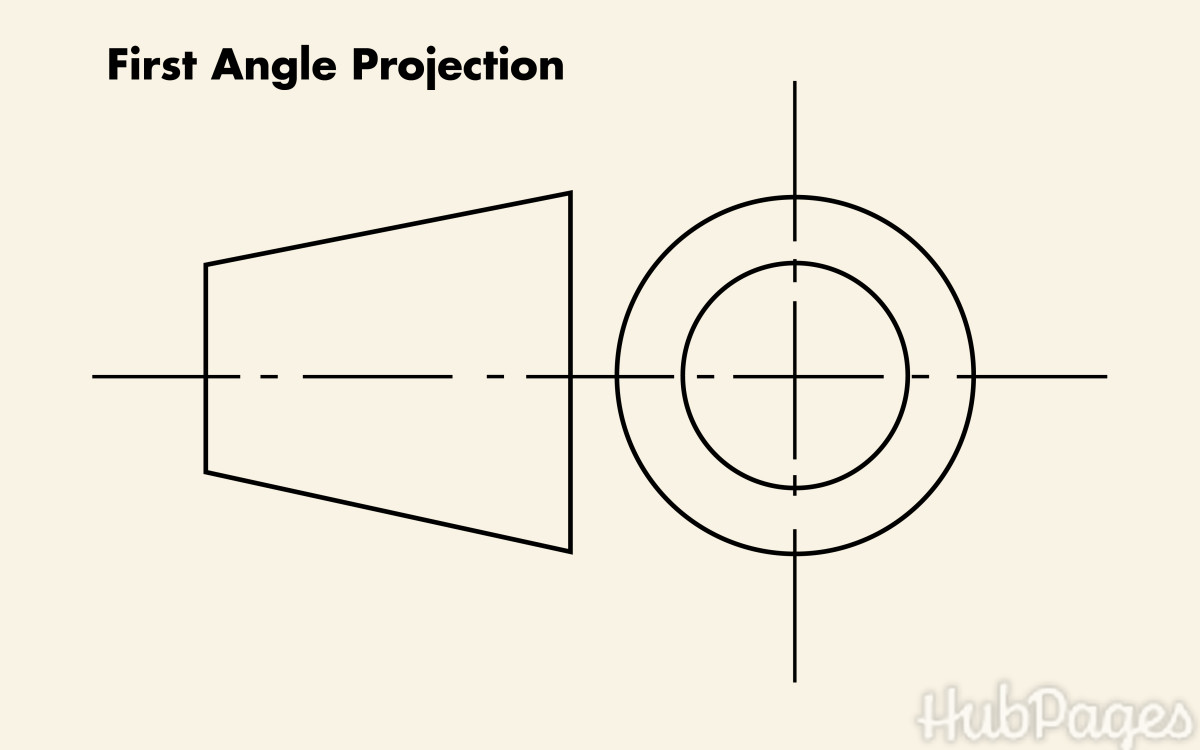Heritage - 8: A Tale of Two Civvies - (1) Senior Civil Engineers Work Together to Build a Railway
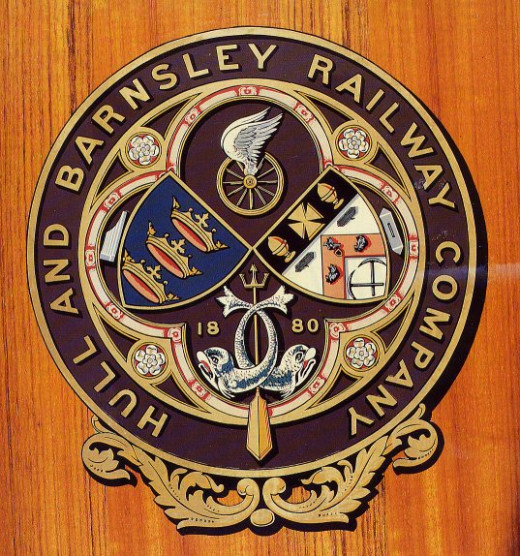
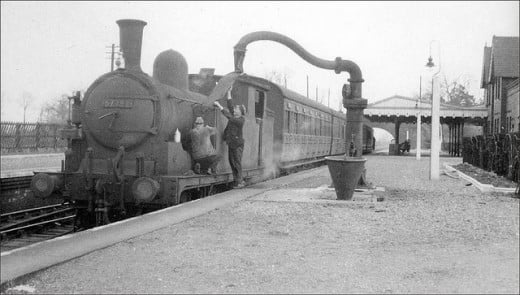
Let's take a look at the men themselves
William Shelford, born on the 11th April, 1834 was the eldest son of Rev. W Heard Shelford, rector of Preston St. Mary in Suffolk.
William made his mind up to follow a career in Civil Engineering. He studied under William Gale of Glasgow University, moving to London in 1856 and beginning his career under John (later Sir John) Fowler, a past president of the Institute of Civil Engineers (ICE).
His first assignment was on the Nene Navigation works (near Peterborough) and the building of the Metropolitan Underground Railway in London (nowadays runs between Aldgate, EC3 and the Home Counties to the north-west of the capital). He transferred his services in 1860 to active joint engineer with Joseph Cubitt of the London, Chatham & Dover Railway, which was under construction at the time. Shelford acted as Resident Engineer on the high level line to Crystal Palace, and later in the same capacity on the Greenwich extension to Blackheath Hill (S.E. London).
In 1865, two years after marrying Anne, daughter of Thomas Sopwith, Shelford began a practice of his own from Westminster (London SW1). In time he built on his connections in the profession, undertaking amongst other commissions the Louth & East Coast Railway (in Lincolnshire), the Bury Port & Gwendraeth Valley Railway, and water sewerage works at Louth, Truro (Cornwall) and Chichester (W. Sussex)*. As engineer of the Hull & Barnsley & West Riding Junction Railway, later simplified to Hull & Barnsley Railway (H&BR), he was called upon to defend the scheme in the face of strenuous opposition at Westminster . The subsequent construction of the line - entailing heavy and arduous works, bear witness to his skill and resourcefulness in explaining complex engineering procedures.
From frequent attendances as witness in civil engineering schemes before the legislature, he became well known in parliamentary committee rooms and gave evidence in connection with many of the largest undertakings in the country. The works and projects with which he was associated during the course of his career cannot be given in detail here due to the sheer number of projects.
However, generally at home they include the H&BRly , the Hull & North Western and other railways, as well as the Manchester Ship Canal. He was consulted by Edinburgh Corporation and other civic bodies. Overseas connections include railways, harbours, mines and other civil engineering roles in South America, Europe, Canada and the Far East.
He is best known in his consultative capacity to the Crown Agents for the Colonies, in which capacity he was responsible for railways in West Africa, carried out in difficult conditions. In 1899 he took his son Frederic into partnership and was forced due to failing health to limit his activities, leaving Frederic to take charge of the practice. Frederic Shelford entered into partnership with Sir Benjamin Baker, his father's old comrade and past preident of the ICE.
Sir William was made Companion of the Order of Ss Michael and George (CMG) in 1901, and in June 1904 was made Knight Companion of the Order of Ss Michael & George (KCMG) on the recommendation of the Secretary of State for the Colonies. He retired from the profession and lived in Kensington for another year until dying in 1905. Shelford had been elected Member of Council in 1887 and seved on that body until retirement in 1897, but allowed himself to be re-elected on the insistence of his council colleagues and remained a member of council until his death. He always took an active part in the proceedings of the institution, to which he presented several communications, including papers "on the Outfall of the River Humber" , "The Treatment of Sewage by Precipitation" and on "Rivers Flowing into Tideless Seas, as illustrated by the River Tiber". For these papers he was awarded a Telford Medal (after Thomas Telford, the 18th Century engineer) and Premium, and a Watt Medal (Isaac Watt). He also served on the Engineering Standards Committee, and as an officer of the Engineering Conference in 1897, again in 1903. He was a member of, amongst others, the Royal Geographical Society, the Royal Colonial Institure, and the Society of Arts. In professional circles Shelford stood for boundless energy, skill and character.
Some of Shelford's projects
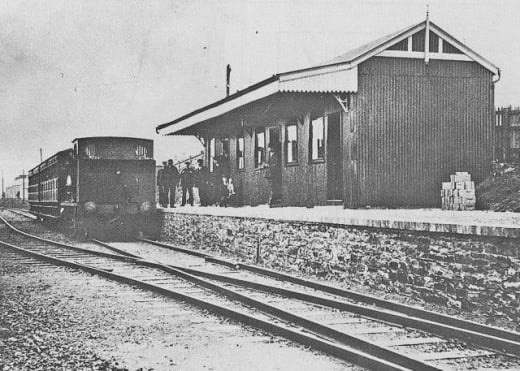
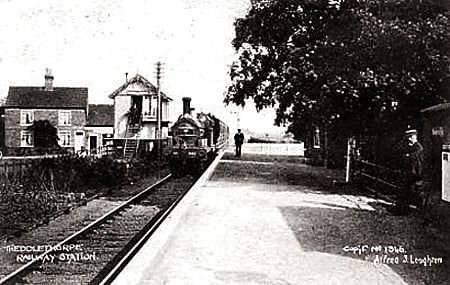
Manchester Ship Canal
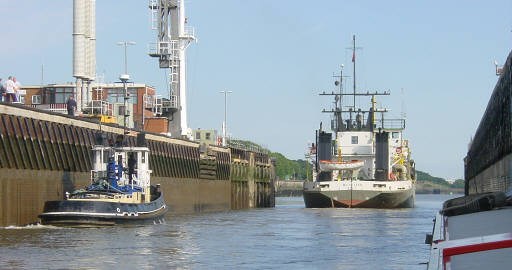
James Abernethy
Born 12th June, 1814 in Aberdeen to George Abernethy. Schooling was initially at Cotherstone near Barnard Castle in County Durham, at what had been a nunnery. He later attended Haddington Grammar School near Edinburgh. Apprenticed as civil engineer to his father, then acting as resident engineer on the London Dock works. George Abernethy and his son were next engaged building a pier at Herne Bay.
Whilst in Kent in 1833 a friend interested him in roadbuilding in Southern Sweden. He was recalled to England to help his father in building Start Point Lighthouse, Devon, under the auspices of John Walker of London He worked as engineer and iron founder. His primary work was on bridges and marine engineering. Specialisation in his career began in 1836 working at Goole in the building of harbours and docks, following with work on the Aire & Calder Navigation between Wakefield and Methley, taking a house at Normanton, where he met and married Ann, the eldest daughter of John O'Neill of Wakefield. In the same year he was engaged by the North Midland Railway (NMR), building the line from Wakefield to Leeds. After eighteen months on the NMR he took a post as Resident Engineer to the Aberdeen Harbour Trustees, where he stayed in his native Aberdeen for the next decade. His next appointment was as Engineer-in-Chief at Birkenhead on the Wirral, a post he held by and large for the next four years, chiefly due to the influence of John Laird MP, who became one of his closest friends. Here he undertook building on an extensive range of growing docks and a river wall near Woodside Ferry. Sir Charles Wood, First Lord of the Admiralty was struck by the completeness of the arrangements in every detail. Best known for his works on the South Dock and Half Tide Basin at Swansea Marina (River Towe-River Neath, projects ongoing from 1849-1893), he was also involved on the Tennant Canal (Downstream of Selby, creating the inland port of Goole), the Aire & Calder Navigation and New Junction Canal (southern West Riding of Yorkshire, part of Sheffield & South Yorkshire Navigation).
Abernethy was appointed Engineer for the Works at Blyth in Northumberland in 1855, designing works to give protection to vessels entering and leaving the harbour, to confine and re-direct the outgoing current and thus producing enough scouring power to effect a form of dredging and keeping detritus from blocking the harbour. He faced new problems when he took the post of Consulting Engineer in the harbour works at Silloth near Carlisle, with the added problem of creating an artificial formation on which to base the masonry.
At this time he was also engaged in improving harbour works at Watchet in Somerset, Lossiemouth in Elgin and Stranraer and Portpatrick, a task he undertook off an on until completion in 1864.
He was instructed in October and November, 1856 by the Lords of the Admiralty to arbitrate in the complex case over developments at Watchet Harbour.
Between 1860-63 James Abernethy was engaged in port improvements at Falmouth in Cornwall, and then turned to building a railway - in Italy, on the Turin and Savona Railway, on which Lord Knutsford was also contracted as Surveyor General. The journey there took three days and nights, the railway connection only taking him as far as Savoy. The rest of the trip was completed on hired sledges over the mountains. He was concurrently engaged on the Grand Cavour Canal as consulting, or "controlling engineer". During the years 1866-68 he was asked to recommend improvements on the Danube near Vienna, work resulting in the diversion of the Danube through the eastern side of the city, the Donau Kanal (Danube Canal), with harbour installations for freight. There were also facilities to discharge floodwaters to protect the city.
There was a similar problem of flood alleviation to be solved on the river Theiss in Hungary. An eighty mile canal was recommended to alleviate persistent flooding. Works to improve Alexandria Harbour followed, with the provision for extra railway facilities to ease imports and exports and a short rail route to Suez. He was asked to inspect hospital facilities in the run-up to the Abbysinian campaign, and on his return to Egypt was bitten by a scorpion on his right arm; the temporary loss of use of his arm lasted several weeks.
In 1887, after the completion of the Hull & Barnsley Railway - on which he worked with William Shelford - he returned to Egypt to consult on land reclamation work at Lake Aboukir. The land around being below sea level, the cheaper option of building culverts or siphons under the Mahmoudieh Canal was accepted.
Elected president of the ICE between December, 1880-1881, he was also made fellow of the Royal Society of Edinburgh.
James Abernethy died at Broadstairs in March, 1896, his first son James taking over the practice. A second son, John, compiled a biography of his father in 1897.
Some of James Abernethy's other public works

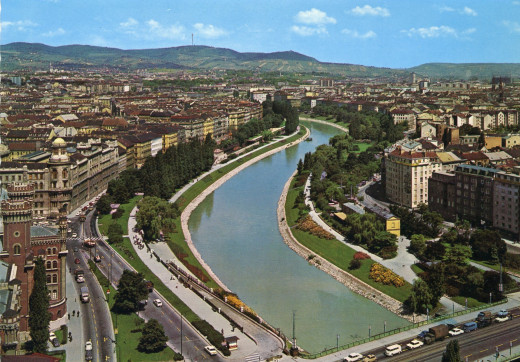
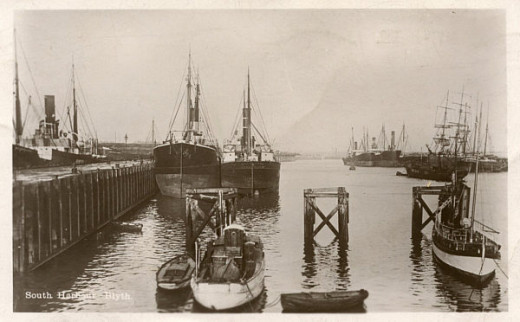
The Project to rival the North Eastern Railway in the East Riding
The project was to loosen the North Eastern Railway's (NER) stranglehold on railway traffic movements in the East Riding of Yorkshire. The years until amalgamation with the NER in 1922 were not the easiest for the latecomer, and the railway only ever extended south to Cudworth - several miles short of Barnsley - to move coal from the South Yorkshire Coalfield (then part of the West Riding until 1974) for export from the Alexandra Dock at Kingston-upon-Hull, known generally as Hull. After only one year as part of the NER came the 1923 'Grouping', where many smaller companies around mainland Britain were amalgamated into the 'Big Four', the LNER, LMS, SR and GWR. This is the beginning of the story of the Hull, Barnsley & West Riding Junction Railway, later Hull & Barnsley Railway, its inception, birth pains and teething troubles.
Suffolk man William Shelford was the Hull & Barnsley Railway's (H&BR) engineer responsible for all engineering work except for the Alexandra Dock. In September, 1880, he was appointed with George Bohn of Hull as Joint Engineer to the H&BR.
Shelford's fees for design work and supervision amounted to £31,200, 4% of the first £780,000 estimated cost of work carried out on the contract, and 3% thereafter.
Scotsman James Abernethy was Chief Engineer for the dock works, his position confirmed 15th November, 1880. Abernethy became President of the Institution of Civil Engineers a year later. His fees were 4% of the Parliamentary estimate of £850,012 and 3% thereafter.
On November 3rd, 1880 the H&BR Board decided tenders were to be invited. Shelford drew up a schedule of costs and prepared working plans, specifications and forms of tender. On December 3rd, 1880 a contract was signed between the H&BR and the firm of Lucas & Aird on the basis of a schedule of prices, together with the contractor's undertaking to pay interest at 5% on all calls for the time being paid up, the contract period being for four years from January, 1881. At the time of the contract C T Lucas, A G Lucas and John Aird (the Younger) headed the firm. A G Lucas rented nearby Cave Castle for the duration of the contract.
At the first site meeting the contractors divided the project into four sections: 1. Alexandra Dock-Springhead and branches under Mr Haggerley; 2. Springhead-Drewton West under Mr Day; 3. Drewton West-River Went, Kirk Smeaton under Mr Stannard; 4. River Went-Cudworth and Stairfoot under Mr Tarry, later Mr Bean.
Alexandra Dock construction was first supervised by Mr Colson, latterly by Mr Drewitt. The H&BR appointed Messrs Oldham and Bohn to act when necessary.on Shelford's and Abernethy's behalf when necessary. Their primary function was to ensure the contract specification was kept to, and that L&A's monthly certificates were submitted on the basis of work completed.
Resident engineers were Mr Dalton, Mr Purdon, Mr Tidsdall and Mr Morgan respectively on sections 1-4. Alexandra Dock was allocated to Mr Hurtzig, with Harold Abernethy assisting. The Ouse Bridge project was under Mr Cooper, with Harry Parker as superintendent.
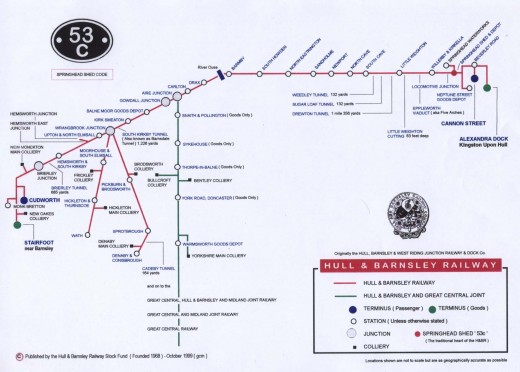
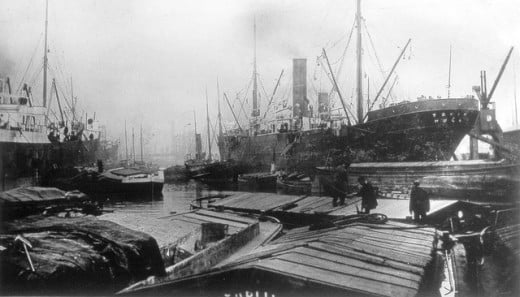
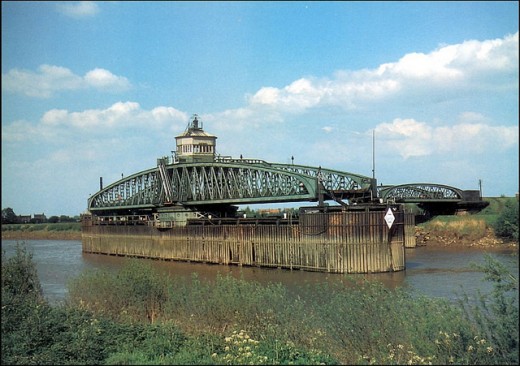
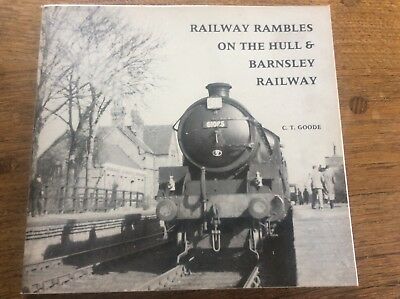
The network south from the Yorkshire Wolds near Norton (Malton), east to Driffield, Bridlington, Withernsea, and Hornsea, down to the Humber and west to Goole, Market Weighton and Stamford Bridge. See how the railway scene looked then (up to the mid-60's Beeching closures) and now
To be continued
Follow the story onward in HERITAGE - 17: A TALE OF TWO CIVVIES, 2 Construction starts on the H&BR, problems from the onset, and HERITAGE - 18: A TALE OF TWO CIVVIES, 3 Opening the Line
© 2011 Alan R Lancaster



